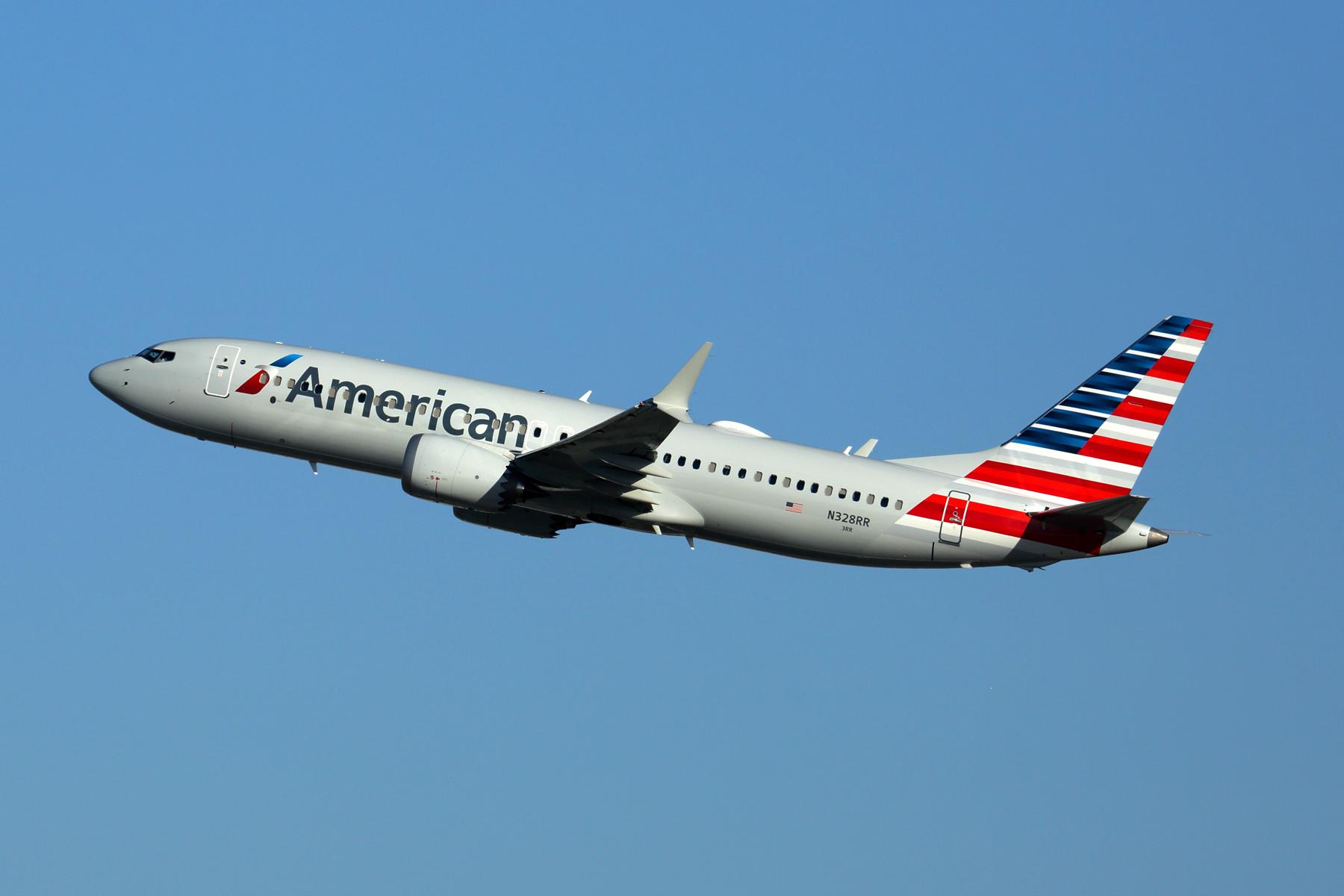
American Airlines has reached an agreement with Boeing to defer delivery of up to 18 737 MAX airliners over the next two years, in a bid to further rein in spending following its third consecutive quarterly loss in 2020.
The agreement gives Fort Worth-based American rights to delay receipt of up to 18 737 MAX 8 aircraft—originally expected for delivery between 2021 and 2022—into the second-half of 2023 and through the first quarter of 2024. The deferral rights apply to eight aircraft expected in 2021, and all 10 that were scheduled for 2022.
American operated a fleet of 24 MAX 8s prior to the type’s March 2019 global grounding following two deadly accidents, and currently has firm orders in place for 76 more. Its revised delivery schedule shows eight deliveries of the type during the remainder of 2020, followed by 10 more in 2021.
Speaking on the company’s 2020 third-quarter (Q3) earnings call Oct. 22, American president Derek Kerr told analysts that the company currently expects the MAX to be recertified by the FAA “sometime in November.” Should that estimate hold true, Kerr predicted it would probably take another month or so to get the aircraft back into service, which he said could “potentially happen by the end of December.”
American also announced plans to retire its 15-strong fleet of Airbus A330-200s, which had previously been placed into long-term storage through at least 2022. The company has already retired all its A330-300s and 767-300ERs ahead of schedule as the COVID-19 pandemic collapsed international travel demand, leaving the airline with an all-Boeing widebody fleet consisting solely of 777 and 787 family variants.
On the narrowbody side, American’s fleet has likewise been whittled down to just 737 and A320 family members, after it retired its last remaining 757s and Embraer E190s. The airline has also accelerated retirement of numerous regional jets, including 19 Bombardier CRJ200s and several dozen ERJ140s.
American recorded a $2.4 billion net loss in Q3, slightly worse than the 2020 second-quarter (Q2) $2.1 billion deficit. Total revenues fell by 73% year-over-year to $3.2 billion, dwarfed by operating expenses of $6 billion.
The company reduced its daily cash burn rate to $44 million in Q3 from $58 million in Q2, although that figure still lags Delta Air Lines and United Airlines, which lost around $24 million and $25 million per day in the latest quarter, respectively. Unlike its two legacy airline peers, which both project to break even by spring 2021, American has declined to provide guidance on when its cash flows may turn positive again.
Current plans call for American’s system capacity to be down slightly more than 50% in the 2020 fourth quarter (Q4), marking a modest improvement from down 59% in Q3, although long-haul international is expected to be down 75%. By comparison, United expects overall capacity to be down 55% in Q4, while Delta’s will be down 40-45%, although the latter is also restricting middle seats across its narrowbody fleet.
More than 19,000 of American’s frontline employees were furloughed Oct. 1, more than at any other U.S. carrier, including around 1,900 pilots. Management ranks were also trimmed by a third, and more than 20,000 workers either voluntarily departed or took an extended, unpaid leave of absence.
The company’s liquidity stood at $13.6 billion as of Sept. 30, although that figure rises to $15.6 billion when factoring in the extra $2 billion in untapped CARES Act loans it recently received from the U.S. Treasury Department.





